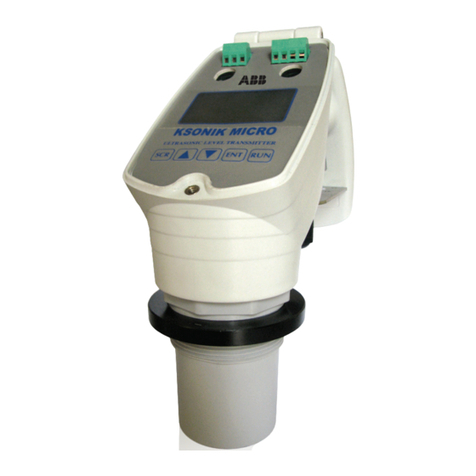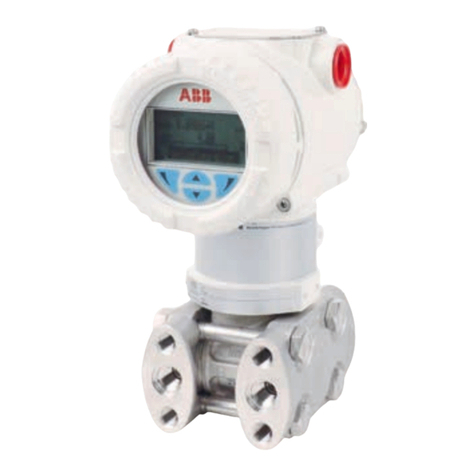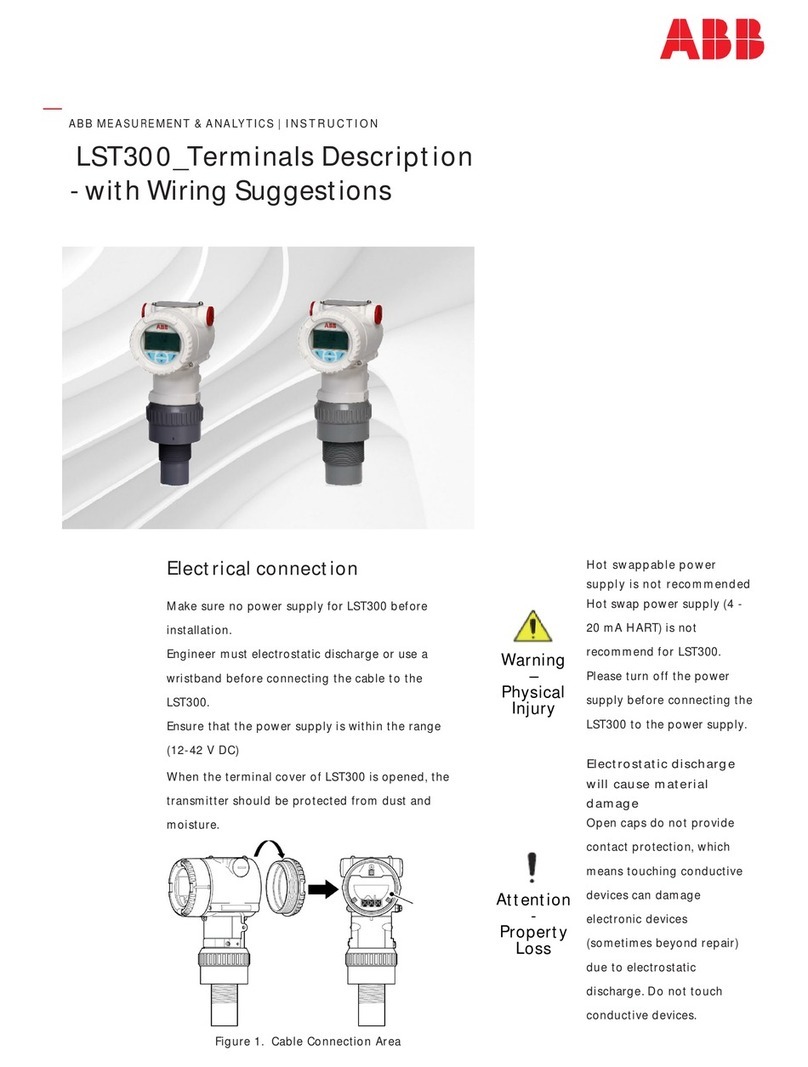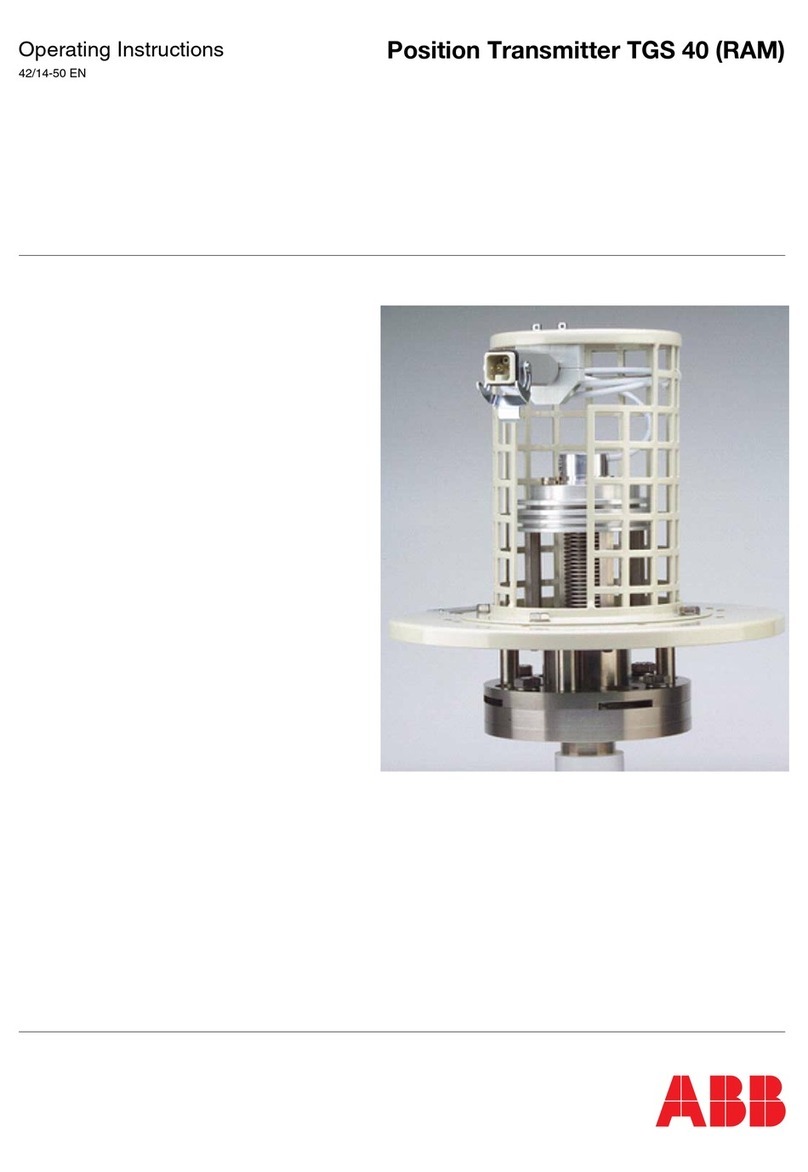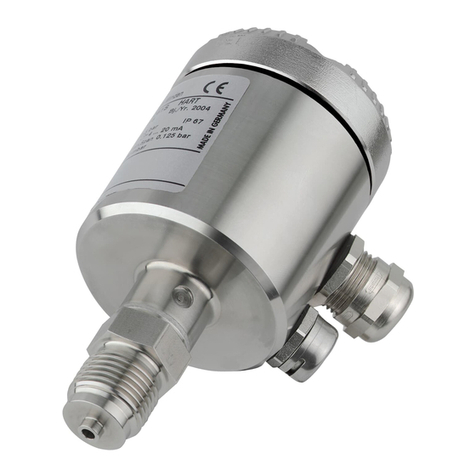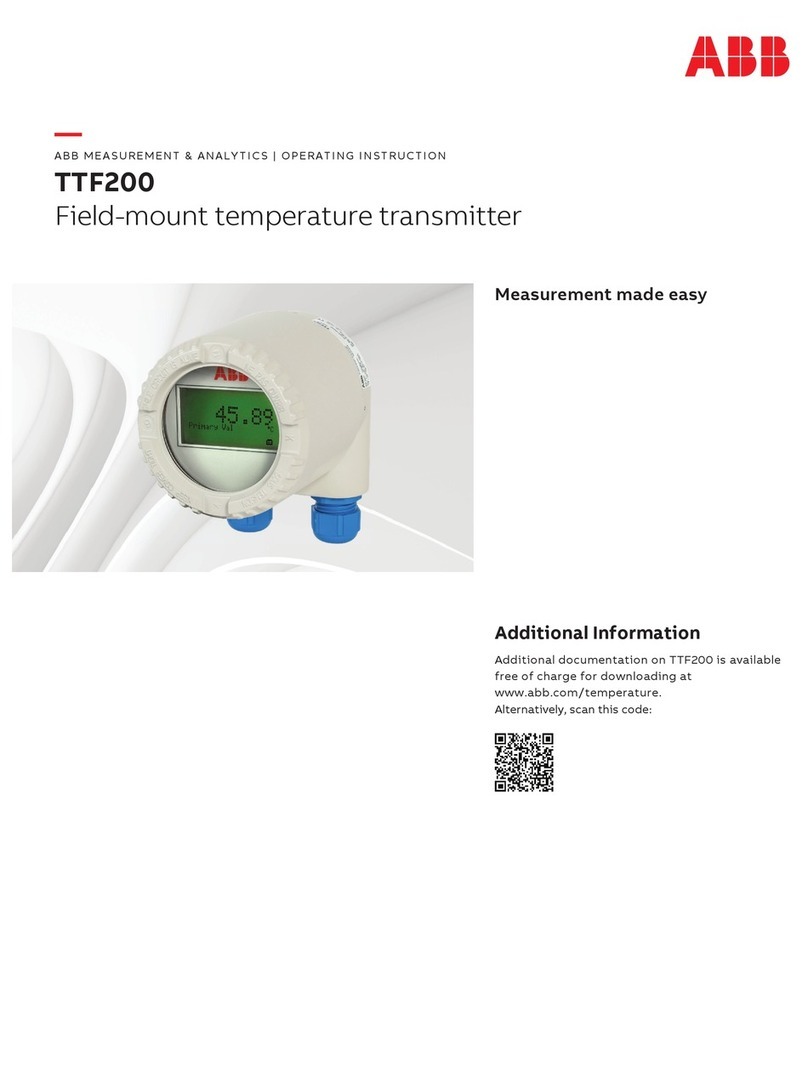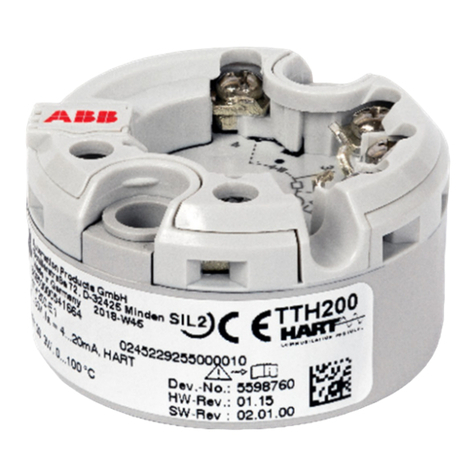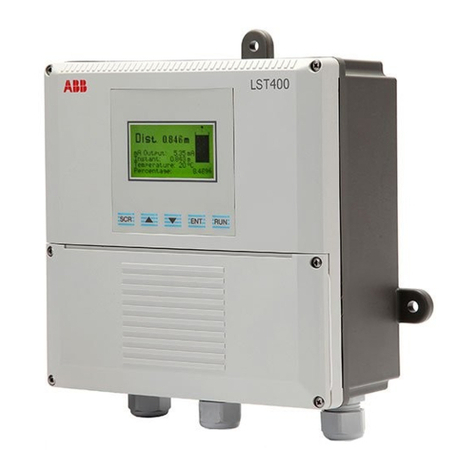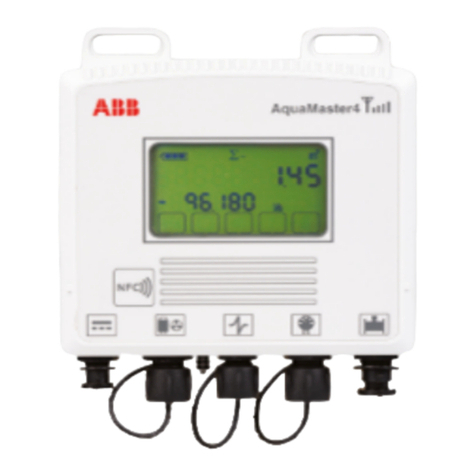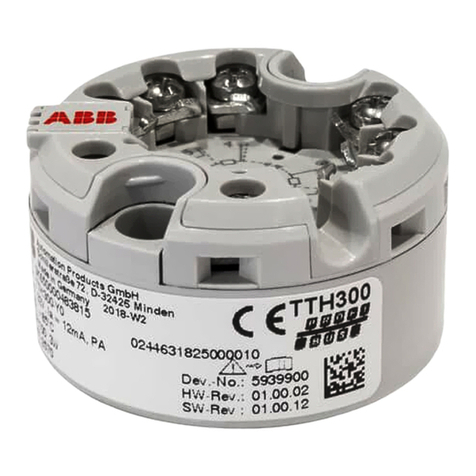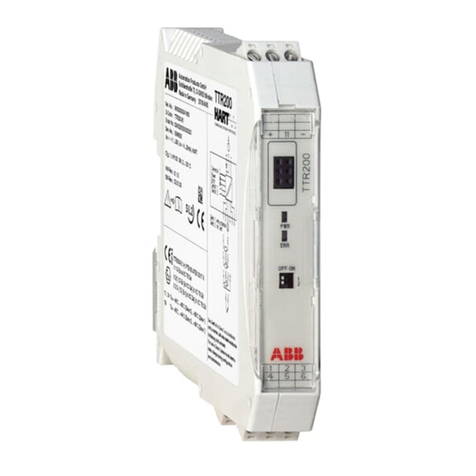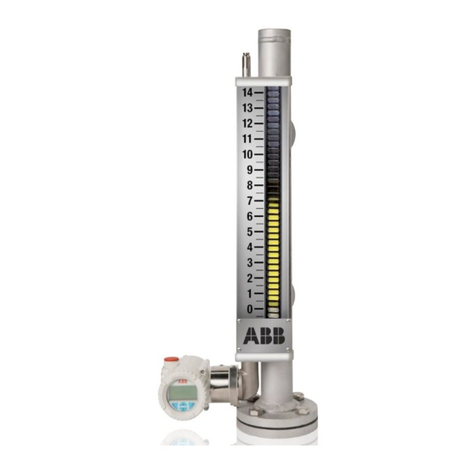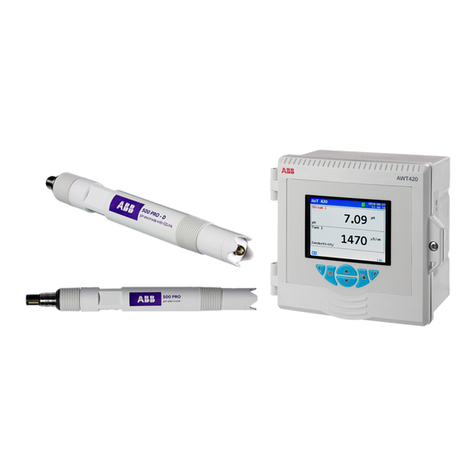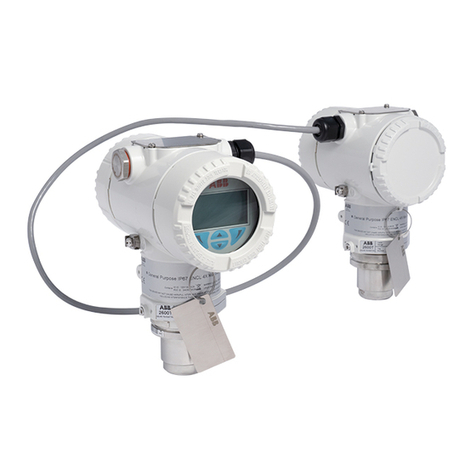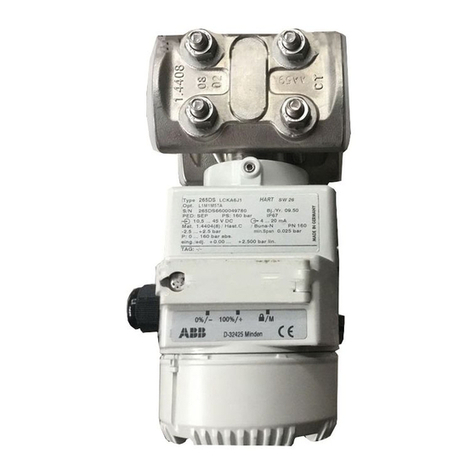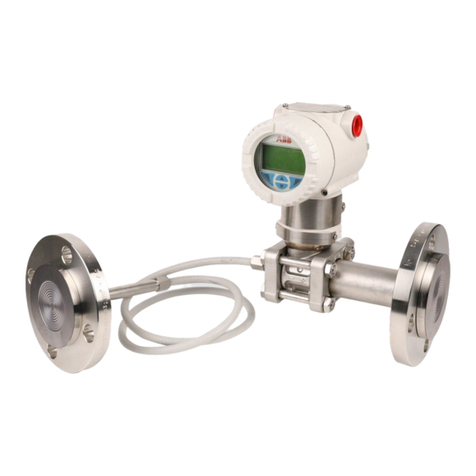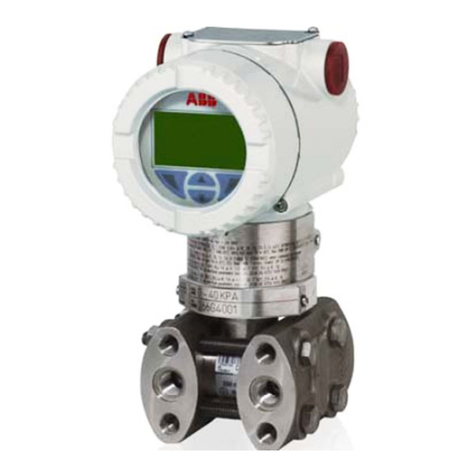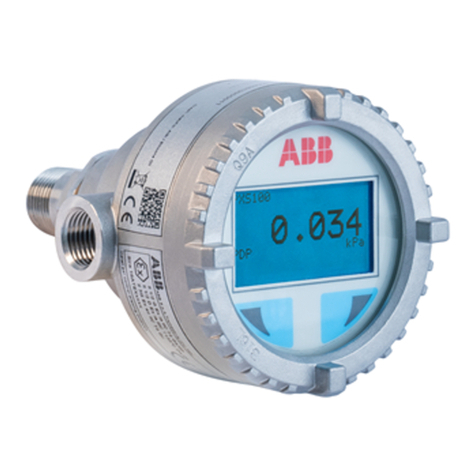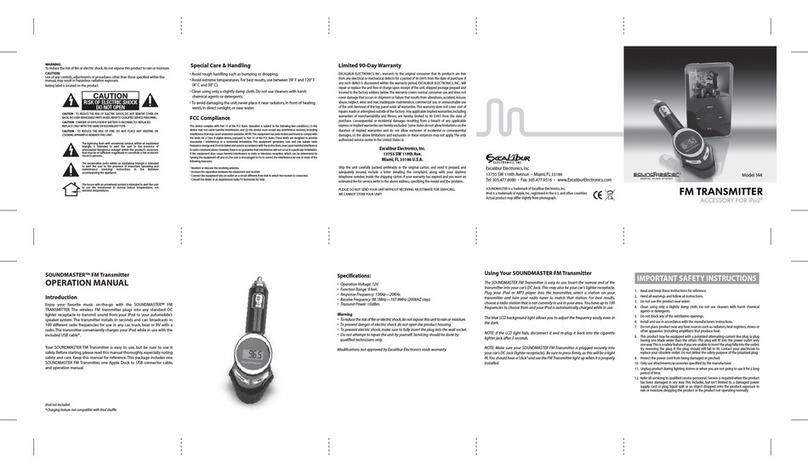
364Ax-Gx Instruction Manual
6
Safety Notes
General Safety Information
The "Safety" sectio n provides an ove rview of the safety aspects to be ob served for
operation of the device.
The device has been constructed in accordance with th e state of the art and is
operationally safe. It has b een tested and left the factory in pe rfect working conditions.
The information in the manual, as well as the applicable documentation and certificates,
must be observed and followed in order to maintain this condition throughout the period
of operation. Full compli ance with the general safety requirements must be observed
during operation of the d evice. In ad dition to the general information, the individual
sections in the manual contain descriptions of processes or procedural instructions with
specific safety information.
Only by observing all of the safety informati on you can reduce to the minimum the risk of
hazards for personnel and/or environment.
These instructions are intended a s an overview and do not contai n detailed information
on all availa ble models or every co nceivable event that may occu r during setup,
operation, and maintenance work.
For additional information, or in the event of specific problems not covered in detail by
these operating instructions, please contact the manufacturer. In addition, ABB declares
that the cont ents of this manual are not part of any prior or existing agreements,
commitments, or legal relationships; nor are they intended to amend these.
All obligations of ABB arise from the conditions of t he relevant sales agreement, which
also contains the solely binding warranty regulations in full. The se contractual warranty
provisions are neither extended nor limited by the information provided in this manual.
Caution – Risk
Only qualified and autho rized specialist personnel should be charged with installation,
electrical connection, commissioning, and maintenance of the transmitter.
Qualified personnel are persons who have experience in in stallation, electrical wiring
connection, commissioning, and operation of the transmitter or similar devices, and hold
the necessary qualifications such as:
• Training or instruction, i.e., authorizati on to operat e and mainta in devices or system s
according to safety engineering standards for electrical circuits, high pressures, and
aggressive media
• Training o r instruction in accordance with safety enginee ring standards regarding
maintenance and use of adequate safety systems
For safety reas ons, ABB draws your attention to the fac t that only s ufficiently insulated
tools conforming to DIN EN 60900 may be used.
Since the transmitter may form part of a safety chain, we reco mmend replacing the
device immediately if any defects are detected.
In case of use in H.A. Non sparking tools only must be employed.
In addition, you must observe:
• The releva nt safety reg ulations regarding the installation and operation of electri cal
systems, e.g., German legal regulations governing technical tools, §3
(Gerätesicherheitsgesetz: German Equipment Safety Act)
• The relevant standards, e.g., DIN 31 000/VDE 1000
• The reg ulations and guidelines relating to explosion protection, if explosion -proof
transmitters have to be installed.
Warning - General risks
The device can be operated at high levels of pressure and with aggressive media.
As a result, serious injury or significant property damage may occur if thi s device is
operated incorrectly.
